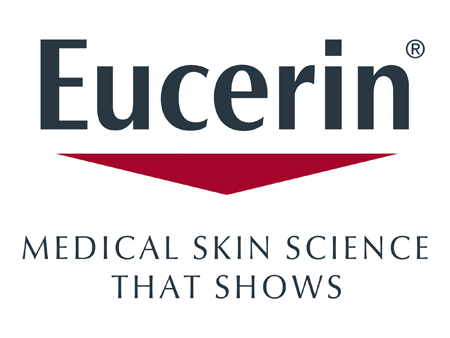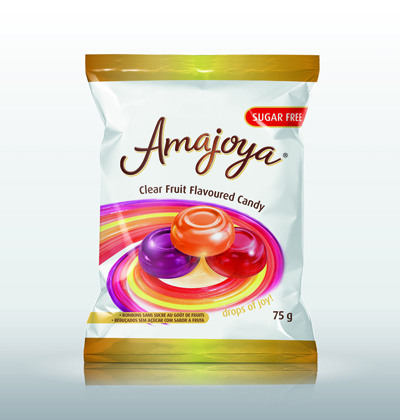There were many comments from our readers after we shared the article on Shape Diet Meal Replacement Shakes. We share the relevant ones with feedback by registered dietitian and diabetes nurse educator, Tammy Jardine.
The carbs in Shape is high. How can it be diabetic friendly?
Diabetes management is tricky since every person is affected differently by this disease and the amount of carbs that one person can tolerate is not the same as somebody else.
A basic rule is to have no more than 45g carbs per meal which is about equal to a meat and salad sandwich. Every person is different and to determine your individual limit it is advisable to see a dietitian who specialises in diabetes.
I currently use a meal replacement shake with high nutrition and am happy with my choice. Must I change it?
There are many meal replacement options on the market. Always seek the advice of a qualified dietitian to ensure you are getting the best option that works for you.
Is there sucrose in Shape?
No, there is no sucrose but sucralose (an artificial sweetener).
The non-nutritive sweeteners, sucralose (in the shakes), and sugar alcohols (xylitol) are safe to use for people living with diabetes. They don’t cause a rise in blood glucose levels.
There will always be controversy about sugar substitutes since they require processing to achieve final product. The debate is not whether it’s natural (since sucrose sugar is natural), but rather about the process and the chemicals required to process the product. In studies, there is no scientific reason to avoid sugar substitutes in diabetes.
What is the carbohydrate source in Shape?
The first three ingredients listed on the label are: skim milk powder, maltodextrin, whey protein concentrate and does not include sugar at all. The carbohydrate source of this product is maltodextrin.

MEET THE EXPERT
Tammy Jardine is a qualified diabetes educator and a registered dietitian. Living with diabetes for over 15 years means that she knows first-hand how difficult it can be to achieve and maintain optimal blood glucose control with good lifestyle habits. She believes that diabetes affects every person differently and takes the time to understand how it’s affecting the individual and to help them manage it effectively. With more than 20 years of experience working as a dietitian in the UK and SA, she has a passion for helping people live a better and happier life with good food. Tammy currently works from Wilgeheuwel hospital. Email: tamjdiet@gmail.com













